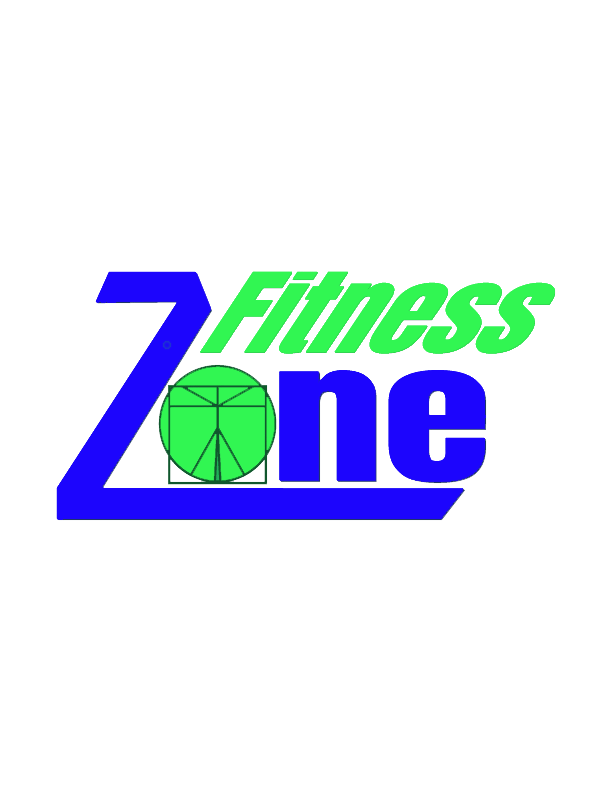Shoulder Strain, WHAT IS IT?
The rotator cuff is often the problem in shoulder strain injuries, including impingement syndrome and glenoid labrum tears. Rotator cuff tendinopathy is a microtrauma/overuse injury which is typically caused by training programming errors, excessive weight progression, and improper form.
“If the rotator cuff is weak, fatigued, or simply not properly engaged, the upward pull of the deltoid will often pinch the supraspinatus (top portion of the cuff) up against the underside of the acromion (top part of the shoulder blade that meets up with the collar bone. This will often result in some swelling and inflammation of the tendon, possibly some swelling and inflammation of the subacromial bursa (little cushion-like structure between the cuff and acromion), and thereby put the squeeze on the supraspinatus while the shoulder is in motion, thus driving continued discomfort.
For some lifters, the cuff may eventually begin to fray by this pinch and rub cycle, leading to degenerative tears or partial tears of the cuff.
RISK FACTORS
Consider the barbell overhead press: Though not recommended, it can be performed with the bar behind the head. When this form is used, excessive stress is placed on anterior structures, like the supraspinatus.
It is recommended to be careful while performing behind-the-neck military presses and other exercises where the arm is abducted and externally rotated.
RECOMMENDATIONS
it is suggested to train the rotator cuff itself to minimize injury risk. The key is generally to train the rotator cuff with resistance below the level that will elicit too much work from the deltoid and pectoralis muscles. Also, don’t forget to work the scapular stabilizers: the trapezius and rhomboids.
- Inflammation phase: no pressing motions, upright row, or lateral raises. Lat pulldowns (to front of head) are usually OK.
- Repair phase: begin pressing motions, but use underhand (supinated) grip and low weight. Avoid fly-type exercises.
- Remodeling: no explosive exercises, begin non-pressing motions (e.g., lateral raise), transition to pressing motions. Upright row might still be problematic as it places the shoulder in an unnatural, impinged position at the top of the motion.



